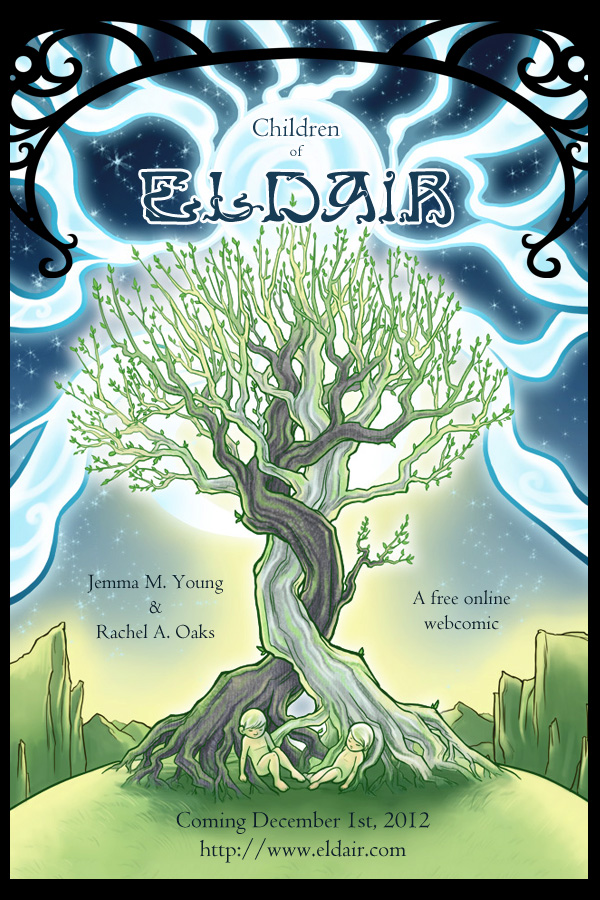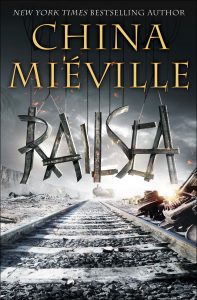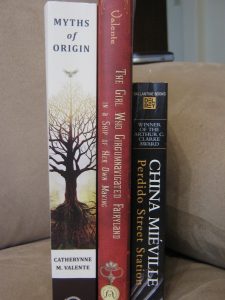Koe LeKai was content to live his centuries-long life isolated in his cavernous home, but a strange sign in his stargazing lures him away from his solitude. Upon encountering a horde of monstrous flesh eaters, he eradicates them and saves a young woman, Embera, from being torn into scraps. While Embera is grateful for his help, she harbors a secret that Koe will only come to understand through time, magic, and the ever-guiding wisdom of the stars.
It’s time to announce a new webcomic from Rachel Oaks and Jemma Young. These two talented women are close friends of mine, and I’ve had the privilege of seeing this storyline (and the art that goes with it) go through various incarnations.
The comic goes live today, December 1, and I know for a fact that they have quite a buffer built up, so you’ll get regular updates of fantasy-comic goodness even if you start reading right now. To get started, just visit Eldair.com. The comic will update every weekday for the first chapter. After that updates will come every Monday and Thursday.
If you need more convincing, watch this video below. Rachel will compliment you into submission.









